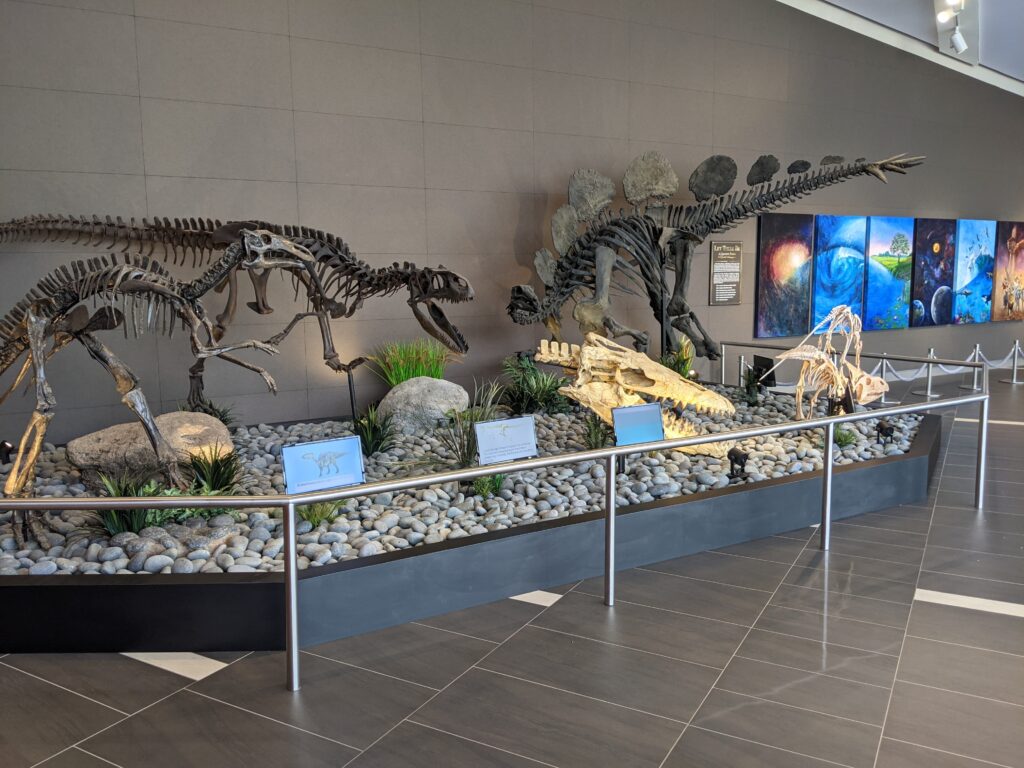Picture this: You’re standing in a museum, gazing up at a towering T. rex skeleton balanced perfectly on two massive legs. Now imagine that same fearsome predator crawling on all fours like a giant lizard. Sounds ridiculous, right? Yet for decades, paleontologists engaged in heated debates about how these ancient giants actually moved through their prehistoric world.
The Crystal Palace Controversy

Back in 1854, when the world’s first dinosaur sculptures were unveiled at London’s Crystal Palace, these magnificent beasts were depicted as lumbering, four-legged creatures resembling oversized iguanas. Victorian scientist Richard Owen, who coined the term “dinosaur,” envisioned them as sluggish reptiles dragging their tails behind them.
This portrayal dominated public imagination for nearly a century. Children grew up thinking dinosaurs were essentially giant lizards that moved like crocodiles. The sculptures still stand today in Crystal Palace Park, serving as fascinating reminders of how scientific understanding evolves over time.
Revolutionary Bone Evidence
Everything changed when paleontologists began examining dinosaur skeletons more carefully in the early 20th century. The hip bones told a completely different story than what Victorian scientists had imagined. Many dinosaur species possessed hip structures remarkably similar to modern birds rather than typical reptiles.
The arrangement of leg bones revealed another shocking truth. Dinosaurs’ legs were positioned directly beneath their bodies, not sprawled out to the sides like lizards or crocodiles. This discovery suggested they could support their weight efficiently while standing upright on two legs.
Scientists realized they had been fundamentally wrong about these creatures for decades. The implications were staggering – dinosaurs weren’t slow, cold-blooded reptiles after all.
The Theropod Revolution
Theropods like Tyrannosaurus rex and Velociraptor became the poster children for bipedal dinosaurs. Their powerful hind limbs, balanced by long tails, created the perfect walking machine. These predators could chase down prey with surprising speed and agility.
Fossilized trackways provided concrete evidence of their two-legged lifestyle. Paleontologists discovered countless footprint trails showing theropods striding across ancient landscapes on their hind feet alone. Some tracks even revealed they could run at impressive speeds.
The anatomy spoke volumes too. Their arms evolved into specialized tools – some for grasping prey, others eventually transforming into wings. This specialization only made sense if they weren’t needed for walking.
Sauropod Mysteries Unveiled
The massive long-necked sauropods like Brontosaurus presented a different puzzle entirely. These gentle giants clearly walked on all fours, but their body proportions defied conventional reptilian logic. Their front legs were often shorter than their rear legs, creating an unusual sloped profile.
Early reconstructions showed them as aquatic creatures, spending most of their time submerged in lakes and swamps. Scientists believed water supported their enormous weight, making terrestrial life impossible. This theory dominated textbooks for decades until new evidence emerged.
Modern research revealed these titans were fully terrestrial, using their long necks to browse vegetation at various heights. Their unique body structure allowed them to rear up on their hind legs when necessary, accessing the tallest tree branches.
Ornithopod Flexibility
Duck-billed dinosaurs and their relatives, known as ornithopods, showcased remarkable versatility in their locomotion. These plant-eaters could seamlessly switch between two-legged and four-legged movement depending on their needs. When grazing peacefully, they moved on all fours like gentle cows.
But when danger threatened, they could instantly rear up onto their powerful hind legs and sprint away from predators. Their long, muscular tails served as perfect counterbalances during these high-speed escapes. Fossilized trackways capture this behavior beautifully, showing transitions from four-footed walking to two-footed running.
This flexibility gave ornithopods a significant survival advantage. They combined the stability of quadrupedal movement with the speed potential of bipedal locomotion.
Ceratopsian Tank Design
The heavily armored ceratopsians like Triceratops were unquestionably quadrupedal creatures. Their massive skulls, adorned with elaborate horns and frills, required the support of four sturdy legs. These dinosaurs resembled living tanks, built for defense rather than speed.
Their front legs were shorter and more robust than their rear legs, creating a distinctive forward-leaning posture. This design positioned their formidable horns at the perfect angle to gore attacking predators. Every aspect of their anatomy screamed “four-legged powerhouse.”
Recent discoveries have revealed that even baby ceratopsians were quadrupedal from hatching. Unlike many other dinosaur species that changed their locomotion style as they grew, these horned giants committed to four legs for life.
Trackway Detective Work
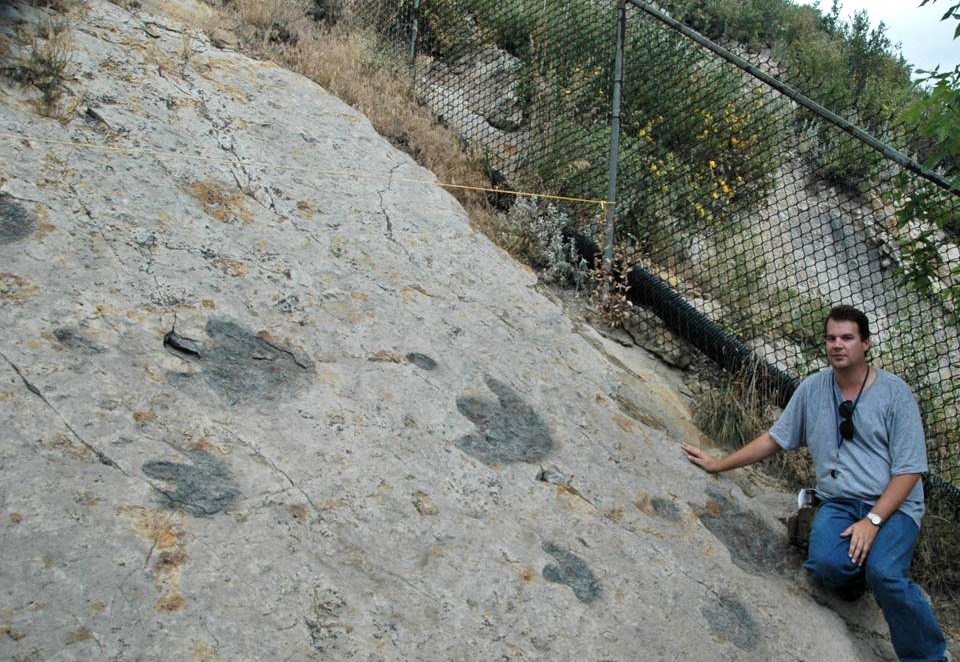
Fossilized footprints have become paleontology’s equivalent of crime scene evidence. These ancient trackways preserve the actual movement patterns of dinosaurs, providing irrefutable proof of how they walked. The spacing between prints reveals stride length, while the depth indicates body weight distribution.
Some of the most exciting discoveries show multiple dinosaurs traveling together, preserving social behaviors that bones alone could never reveal. Trackway sites in places like Dinosaur Ridge in Colorado have yielded thousands of individual footprints, creating detailed pictures of prehistoric life.
The absence of tail drag marks in most trackways confirmed that dinosaurs held their tails off the ground while walking. This revelation completely revolutionized how we visualize these ancient creatures in motion.
Biomechanical Breakthroughs
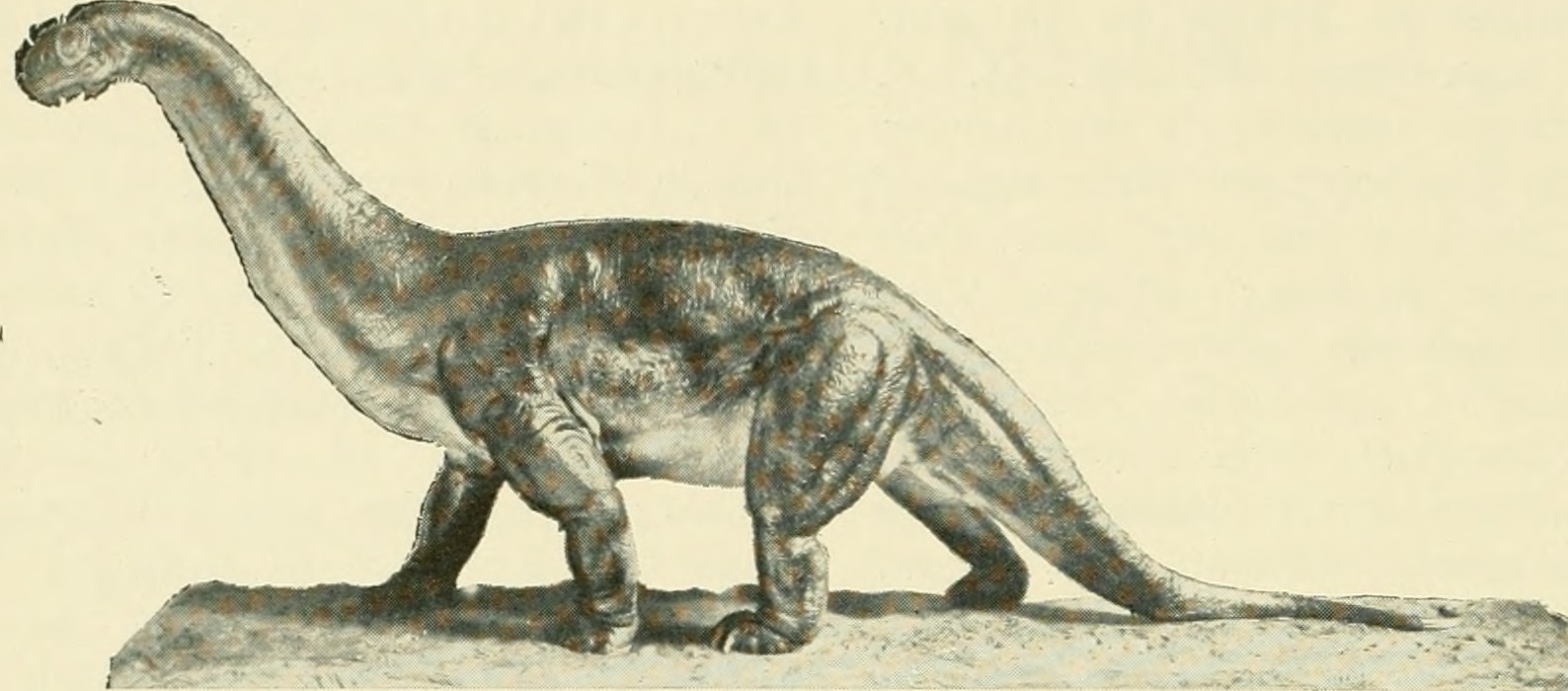
Modern computer modeling has transformed our understanding of dinosaur locomotion. Scientists can now analyze the physics of how these massive creatures moved, testing whether their bone structures could actually support different types of movement. The results have been eye-opening.
For massive sauropods, computer simulations revealed that their necks were likely held more horizontally than previously thought. The extreme vertical poses seen in older reconstructions would have created impossible blood pressure challenges for their hearts. Physics doesn’t lie – these creatures had to work within biological constraints.
Bipedal dinosaurs faced their own biomechanical challenges. Maintaining balance while moving at high speeds required sophisticated neural control systems. Their brains had to constantly calculate precise muscle movements to prevent catastrophic falls.
Growth Pattern Revelations
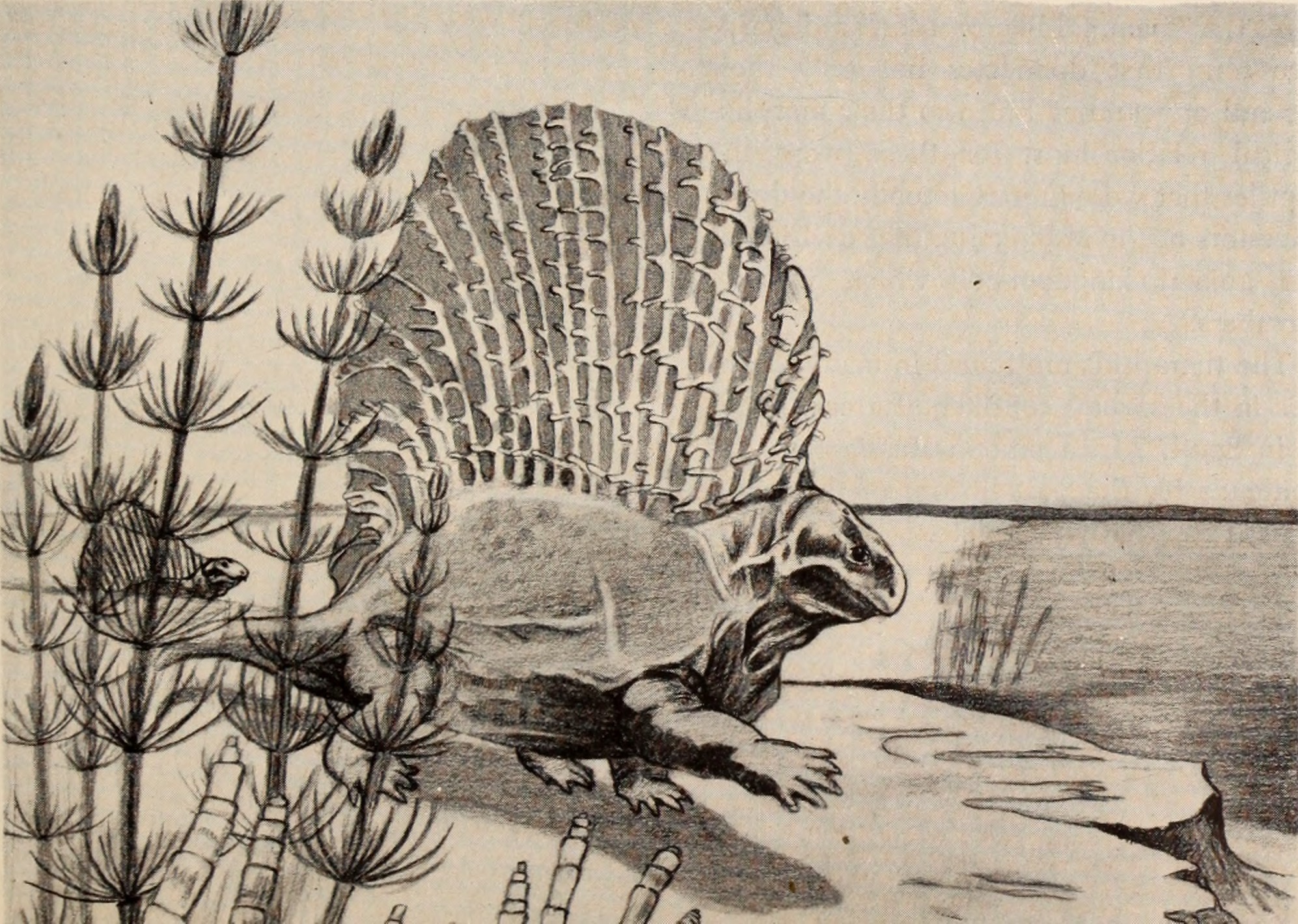
Perhaps the most fascinating discovery involves how dinosaur locomotion changed as they grew from babies to adults. Many species that ended up as confirmed quadrupeds actually started life walking on two legs. Baby dinosaurs often had proportionally longer legs and shorter necks than their parents.
As they matured, their body proportions shifted dramatically. Necks elongated, heads grew larger, and the center of gravity moved forward. Eventually, they had no choice but to drop down onto all fours for stability. This growth-related transition explains why scientists initially struggled to classify some species.
Modern examples like this can be seen in some lizards today, which start bipedal but become quadrupedal as they age. Dinosaurs simply took this concept to evolutionary extremes.
Environmental Influence
The prehistoric landscapes where dinosaurs lived played a crucial role in shaping their locomotion styles. Dense forests favored more compact, four-legged species that could navigate through thick vegetation. Open plains were perfect for fast, bipedal runners that needed to cover long distances quickly.
Coastal environments with soft, muddy substrates left different challenges. Dinosaurs needed to distribute their weight effectively to avoid sinking into the muck. Some species developed specialized foot pads, while others relied on spreading their weight across multiple limbs.
Climate changes throughout the Mesozoic Era also influenced dinosaur evolution. As environments shifted from lush forests to drier grasslands, locomotion strategies had to adapt accordingly. The most successful species were those that could handle multiple terrain types.
Modern Bird Connections
Today’s birds provide living examples of dinosaur locomotion principles. Watch a chicken or turkey, and you’re essentially observing a modern theropod in action. Their bipedal stance, head-bobbing walk, and ability to run at surprising speeds directly echo their dinosaur ancestors.
Even more telling is how birds use their wings for balance during ground movement. This behavior mirrors how some dinosaurs likely used their arms while running or making sharp turns. Ostriches and emus are particularly good analogs for understanding how large, flightless dinosaurs might have moved.
The connection goes deeper than just walking patterns. Birds’ hollow bones, efficient respiratory systems, and metabolic rates all trace back to dinosaur innovations that supported active, energy-intensive lifestyles.
Controversial Cases
Several dinosaur species continue to spark debates among paleontologists regarding their preferred mode of locomotion. Therizinosaurus, a massive plant-eating theropod with enormous claws, challenges traditional categories. Its bipedal heritage suggests two-legged movement, but its enormous size and specialized feeding adaptations hint at possible quadrupedal behavior.
Carnotaurus presents another puzzle with its incredibly reduced arms that seem almost useless. Some scientists argue these tiny limbs prove it was exclusively bipedal, while others suggest they might have served balance functions during high-speed pursuits. The debate continues as new specimens emerge.
These controversial cases remind us that dinosaur diversity exceeded anything we see in today’s world. Simple categorizations often fail to capture the full spectrum of evolutionary experimentation that occurred over 165 million years.
Technological Future
Cutting-edge technologies are revolutionizing how we study dinosaur locomotion. CT scanners reveal internal bone structures without damaging precious fossils, while 3D printing allows scientists to create perfect replicas for biomechanical testing. Virtual reality environments let researchers experience dinosaur movement from entirely new perspectives.
Artificial intelligence algorithms now analyze fossil data patterns that human eyes might miss. These programs can predict locomotion styles based on incomplete skeletal remains, filling gaps in our understanding of poorly known species. Machine learning continues to surprise paleontologists with unexpected insights.
Future discoveries will undoubtedly challenge current assumptions once again. Each new fossil site has the potential to reveal locomotion styles we haven’t even imagined yet.
The Ongoing Mystery
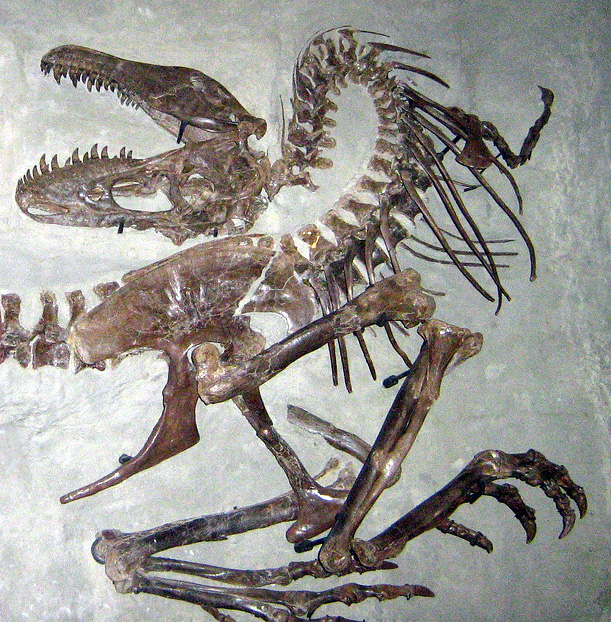
Despite decades of research and technological advances, the question of dinosaur locomotion remains beautifully complex. New species discoveries regularly challenge established categories, reminding us that prehistoric life was far more diverse than any simple bipedal-versus-quadrupedal classification system can capture. Some dinosaurs probably experimented with locomotion styles we can barely imagine today.
The debate that once divided Victorian scientists has evolved into a sophisticated understanding of biomechanics, evolution, and adaptation. Rather than seeking simple answers, modern paleontologists embrace the complexity and celebrate the incredible variety of solutions dinosaurs developed for moving through their ancient world.
What started as a fundamental disagreement about how dinosaurs held their bodies has blossomed into one of paleontology’s richest areas of research. Every footprint, every bone, and every new technological breakthrough adds another piece to this magnificent puzzle.
The next time you see a dinosaur skeleton in a museum, remember that you’re looking at the end result of millions of years of evolutionary experimentation with movement itself. Whether they walked on two legs or four, these magnificent creatures mastered their environments in ways that continue to inspire and amaze us today. Isn’t it remarkable how much a simple question about posture could reveal about life on Earth?



